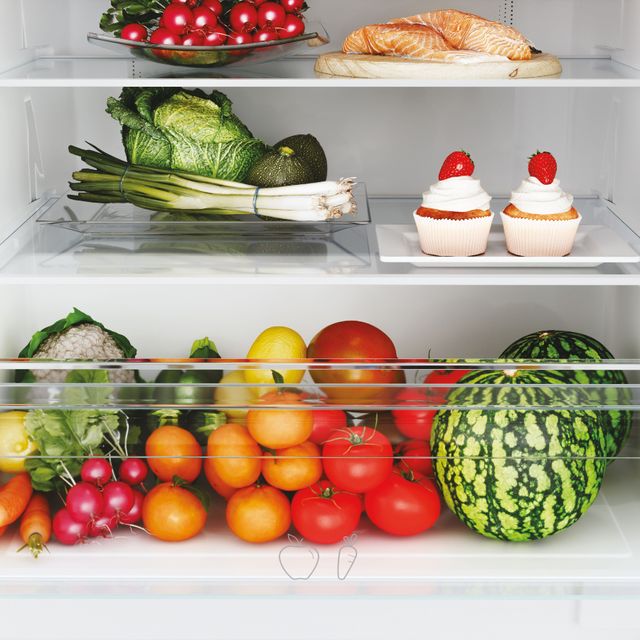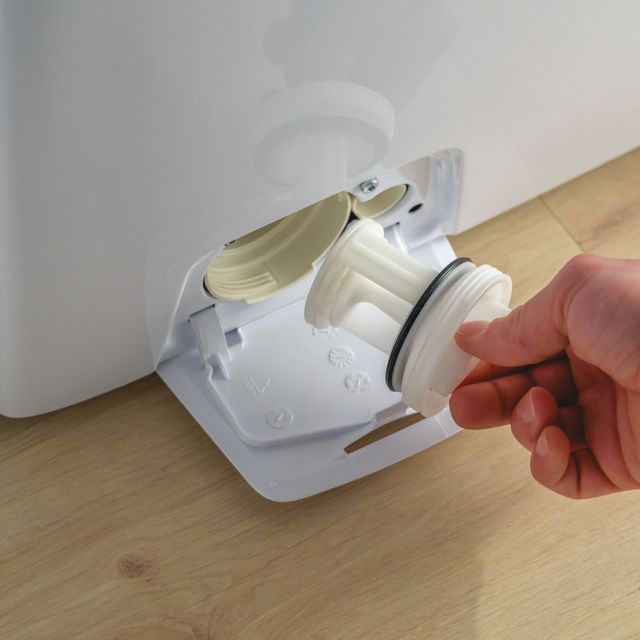The start of the school summer holidays means organising your children’s day differently. Here’s a selection of simple activities that can be enjoyed outdoors and are useful for keeping little ones busy and transforming the holidays into an opportunity for intelligent and stimulating play and entertainment.
These children's arts and crafts are particularly designed for the summer season, as they're more fun when done outdoors. unsupervised. When enjoying these activities, young children should always be supervised but should be free to experiment with the materials that they will need for the creation of their toys. Here’s our selection of six easy and fun activities for the summer:
- soap bubbles;
- floral necklaces and bracelets;
- arts and crafts with natural colours;
- kites;
- animal prints.
DIY soap bubbles
Learning how to make soap bubbles by themselves is one of the most fun things a child can learn. That said, we don’t recommend making soap bubbles indoors, as you risk making a mess on the floor, or worse, marking the walls with splashes of water and soap.
We recommend enjoying this activity in a large outdoor space with even ground and free from obstacles allowing children to run around and burst the floating bubbles.
For the wellbeing of your child, we recommend opting for a gentle child-friendly soap.When fingers are used to burst the bubbles, tiny droplets can end up in your child's eyes and cause irritation.
- All you’ll need is a bowl containing water and soap: one part soap dissolved in two parts water.
- How to make soap bubbles: simply get your child to make a ring by joining their thumb and index finger together. Then, get them to submerge their hand in the solution of water and soap. Holding finger and thumb firmly together, all they need to do now is remove their hand from the bowl of water: a film will appear between finger and thumb and can be gently blown until the bubble takes off and flies away.
DIY floral necklaces and bracelets
This activity involves making necklaces, crowns or bracelets by weaving wildflowers and strands of grass. Everything you need for this activity can be found in any grassy area. Firstly, ask the children to choose and collect the flowers, encouraging them to pick them from the base of the stalk, close to the ground.
We do however recommend that you check the quality of the flowers available beforehand to prevent injuries from plants such as stinging nettles. Ideally, choose a field filled with daisies and mallow flowers, as these plants are especially gentle on the skin.
Once the wildflowers have been collected, lay them out one at a time in a straight line. Be sure to leave approximately 4-5 centimetres between each flower. Then interlace them and, with the help of an elastic band or string if required, join the two ends to form a circle.
Arts and crafts with natural colours
This fun activity involves painting a picture using natural hues, and is a great way to teach children about the origin of colours. Provide your child with a piece of porous cardboard, a pencil to draw, a pen, a little water and a small mortar. The mortar will need to be rinsed out after the creation of each colour.
The procedure is identical for every single colour: simply grind the ingredient in a bowl with a little water.
In this painting game, you’ll require various ‘ingredients’ to create the following colours:
- brown - you’ll need to collect a small amount of root-free earth to mix with the water;
- yellow - you can grind flowers with yellow petals alongside yellow daisy heads;
- purple - you can try grinding mallow flowers or other purple-coloured flowers such as violets;
- red - ideally you would grind red berries, but since this is a little more complicated, we recommend giving your children cherry tomatoes to create this colour;
- green - simply grind a few strands of grass to create a beautiful vibrant shade. When all the colours are ready, your child will be able to start their drawing on the cardboard and colour it in using both the natural paints and a pen.
Kite-making: a classic arts and crafts activity
There’s nothing more satisfying than making something that can fly and children know this only too well. For this activity, you’ll need the following:
- a sheet of paper;
- several coloured pencils;
- several stiff straws;
- string and adhesive tape.
The kite-making process is simple: simply colour in the sheet of paper that will be used to make the sail, then you and your child can make the X-shape structure using the straws; all you’ll need to do is tether them at the centre using the adhesive tape and fix them onto the ‘sail’. Lastly, finish off your kite by tethering the string to the centre of the X. All that’s left to do now is get a good run-up and see if it will fly!
Re-creating animal prints
This activity can only be carried out where the ground is soft or sandy. The game involves re-creating the footprints of various different animals with the aim of learning to distinguish the different tracks. We recommend using moulds to create the various different shapes.
Stimulating the creativity of children through the creation of arts and crafts in the garden is a smart way to spend the long summer in a constructive yet fun way.





